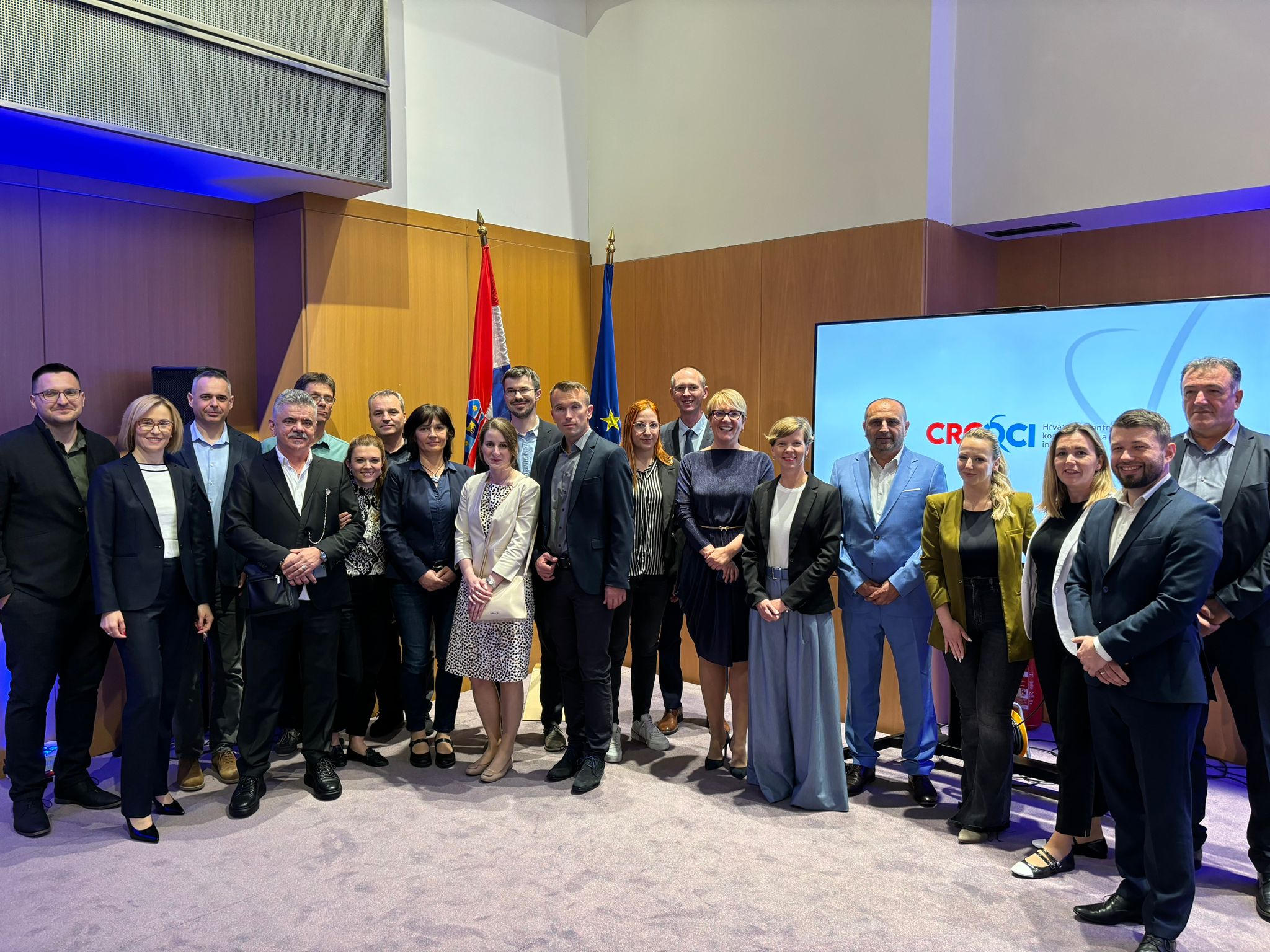
The Croatian Quantum Communication Infrastructure - CroQCI project represents the foundation for building a modern infrastructure that will protect national critical infrastructure, such as government institutions, key service operators, and digital service providers from new cyber threats. Worth 9.9 million euros, the project was financed in equal proportion by the Digital Europe Programme and the National Recovery and Resilience Plan.
The CroQCI project aims to build an experimental infrastructure for quantum key exchange (QKD) using an optical fiber network. This infrastructure will help improve the security of national strategic communication infrastructure by upgrading it for more secure information exchange. The project also plans to connect the Croatian quantum communication infrastructure with comparable infrastructures of neighboring EU members and integrate it into the future EuroQCI network.
The Republic of Croatia recognized the importance of the European Quantum Communication Infrastructure (EuroQCI) initiative and in 2019 signed the Declaration on the European Quantum Communication Infrastructure and undertook to implement activities to build a secure quantum communication infrastructure that will cover the entire European Union. Today, the initiative includes all member states of the European Union working on the design and construction of national quantum communication networks and the European Space Agency, which is in charge of the space component.
"The main goal of the quantum communication network that we are developing in the CroQCI project is to lay the foundation for more secure network communication. In an era of increasing dependence on digital services and communication through networks, there are high risks of cyber-attacks aimed at stealing sensitive data. It is predicted that with the arrival of computers with higher processor performance, the existing network communication protection mechanisms will not be sufficient, and attackers are already collecting and storing encrypted network traffic with sensitive data to decrypt it in the future. With the arrival of quantum computers, serious compromises of the security and confidentiality of data that we protect with the usual encryption mechanisms can be expected. This applies to the majority of network traffic on the Internet and is especially worrisome in the case of sensitive data from the domain of the financial sector, healthcare, energy, transport, and the like. Therefore, a new paradigm of protection in the digital space needs to be found, and quantum technologies in quantum communication networks are emerging as one of the solutions for ultra-secure data protection", emphasized project manager Bojan Schmidt, head of the Application and Technology Integration Service in CARNET.
The National CroQCI Consortium comprises significant national research and scientific institutions, higher education institutions, public institutions, and public enterprises. The Croatian Academic and Research Network - CARNET is the project's host or coordinator, with the scientific leadership of the Ruđer Bošković Institute. The partner organizations include the University of Zagreb University Computing Centre, Institute of Physics, University of Zagreb Faculty of Electrical Engineering and Computing, University of Zagreb Faculty of Transport and Traffic Sciences, Transmitters and Communications Ltd, and the Office of the National Security Council.
The exchange of knowledge between researchers and partner institutions will facilitate the development of components, devices, and software for the application of novel quantum technologies. This will have an important impact in promoting the use of advanced technology and economic growth, not just in Croatia, but also in the broader European context. By demonstrating QKD, the project will provide an opportunity to educate and train users in quantum communication technologies, which will increase preparedness for the design and implementation of the next generation of highly secure communication networks.